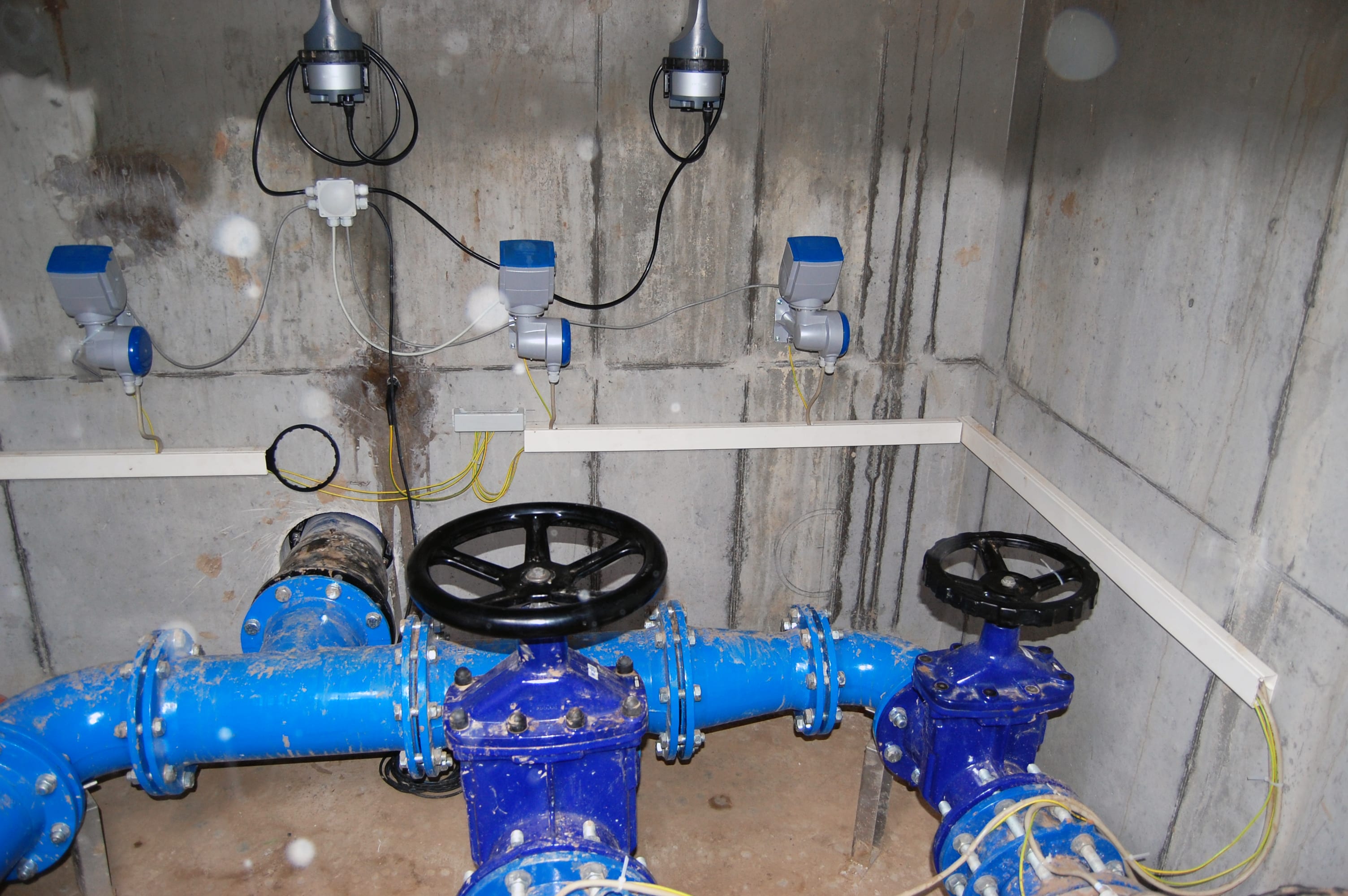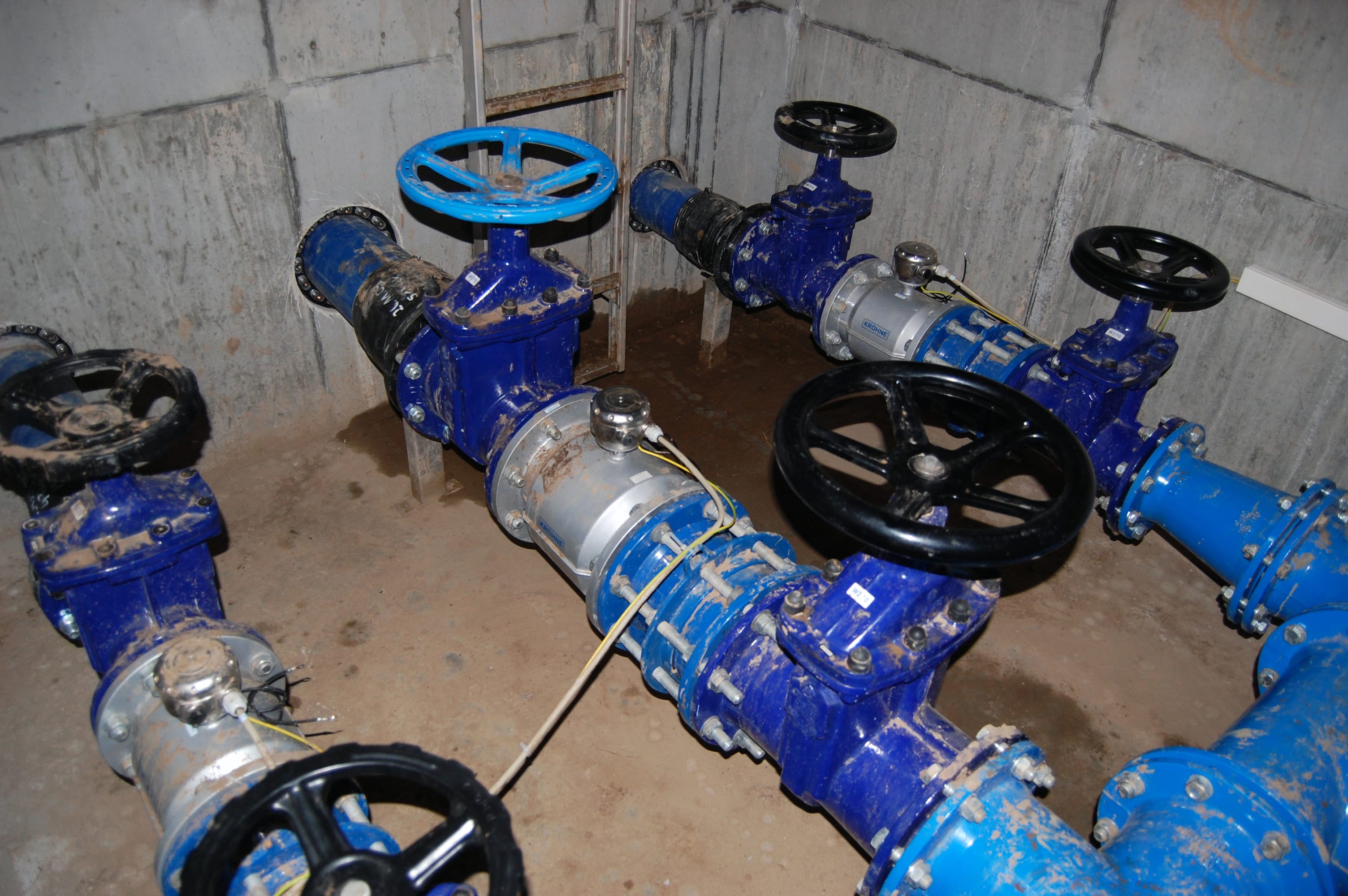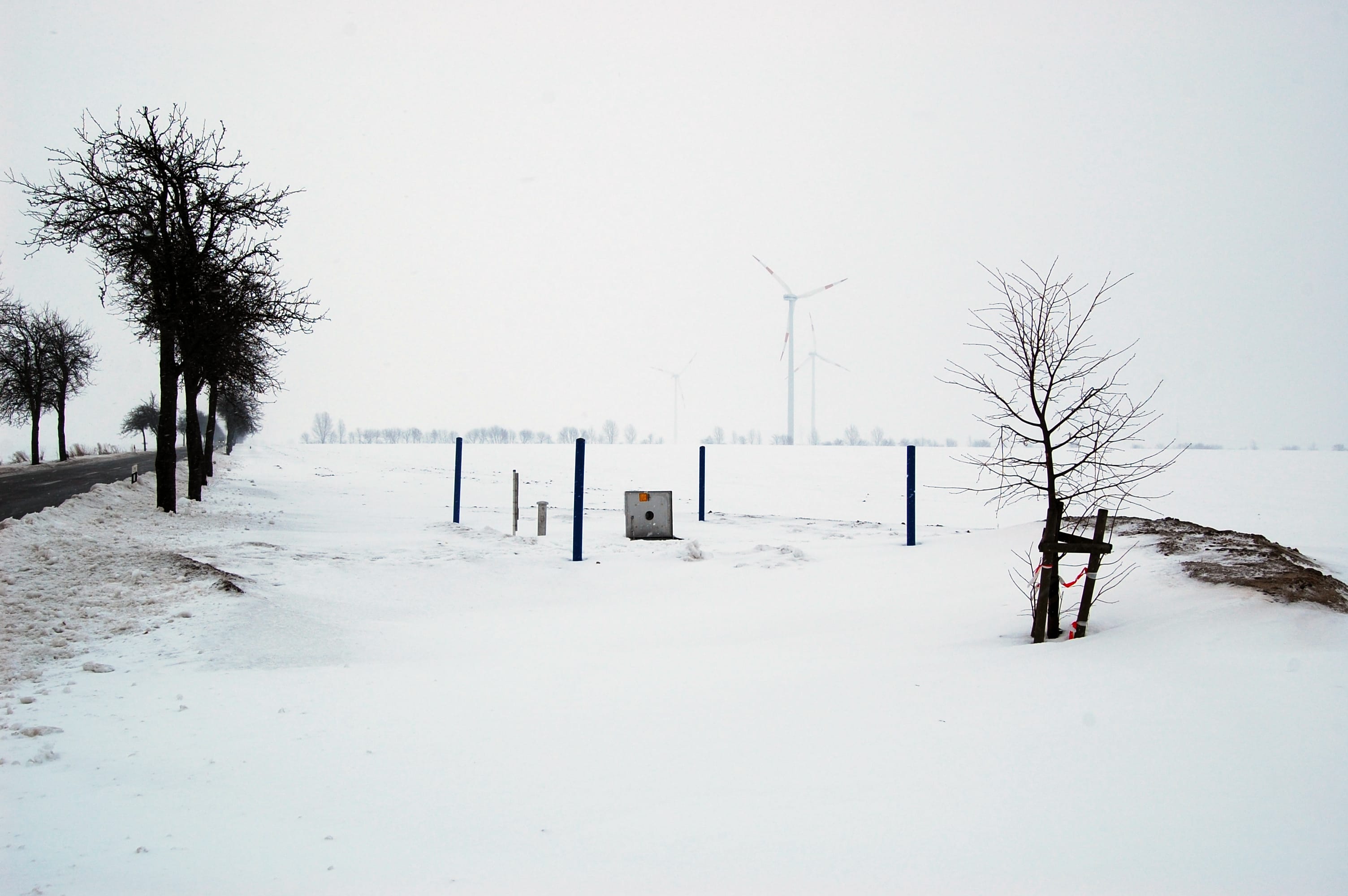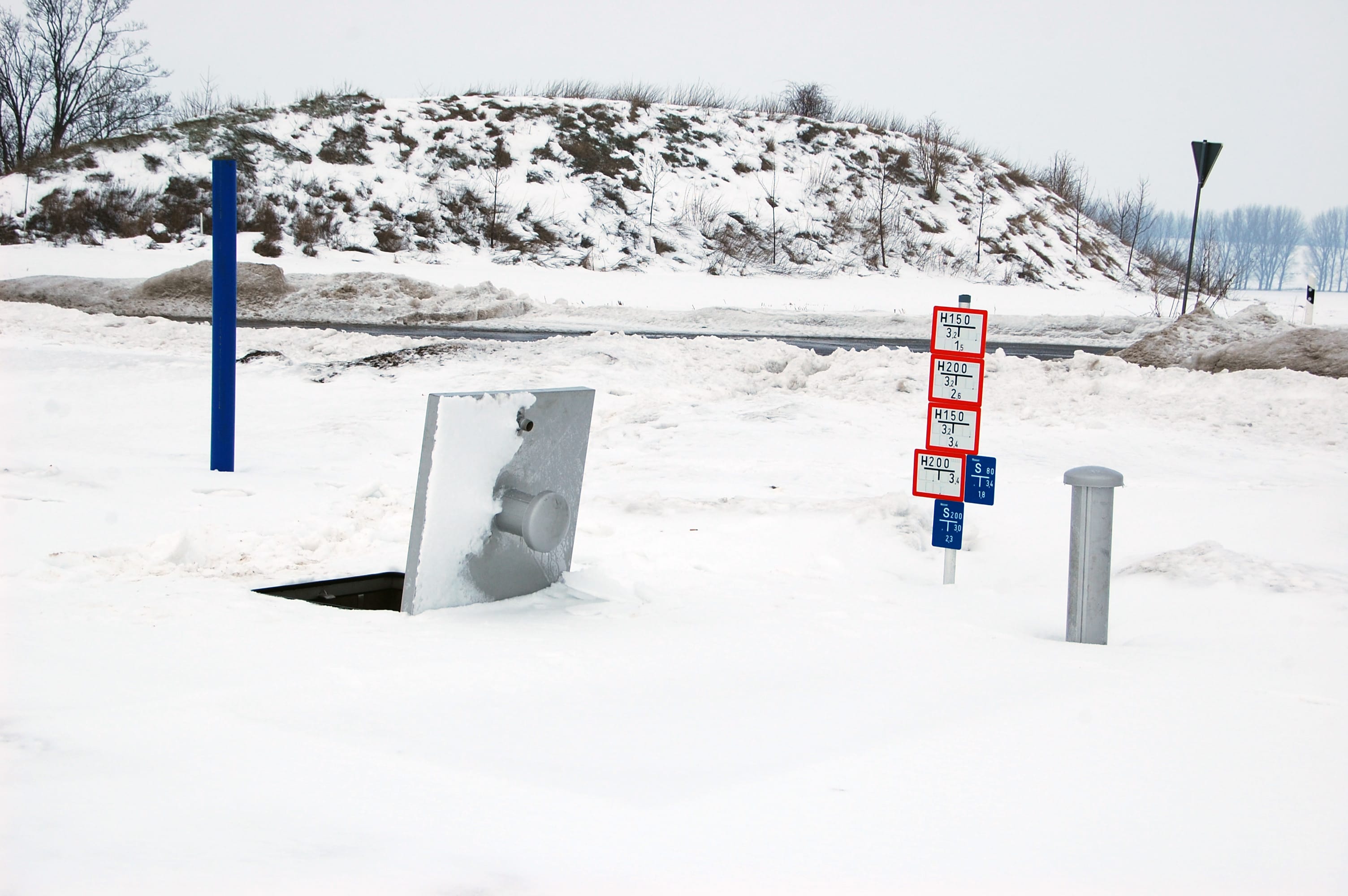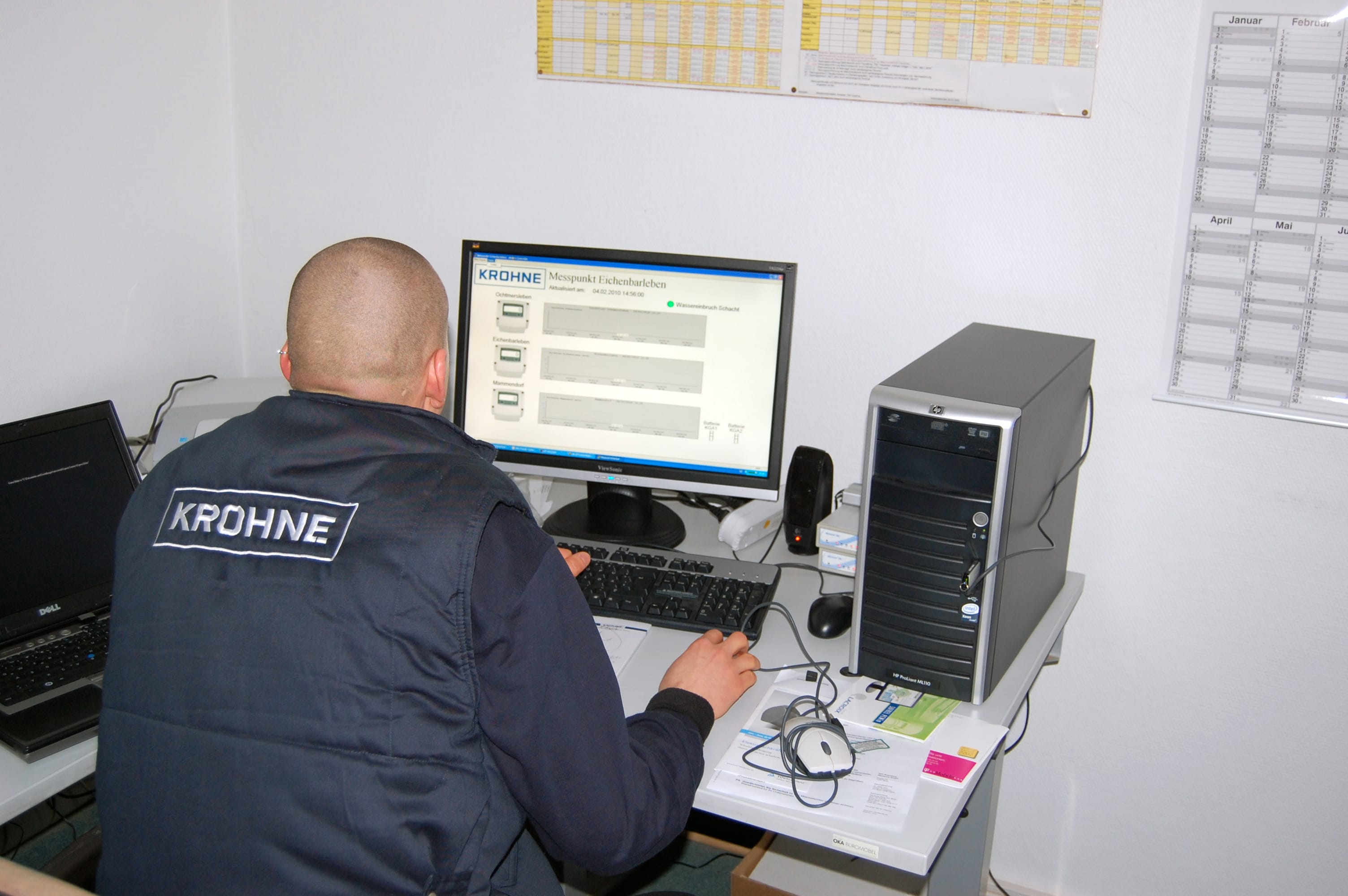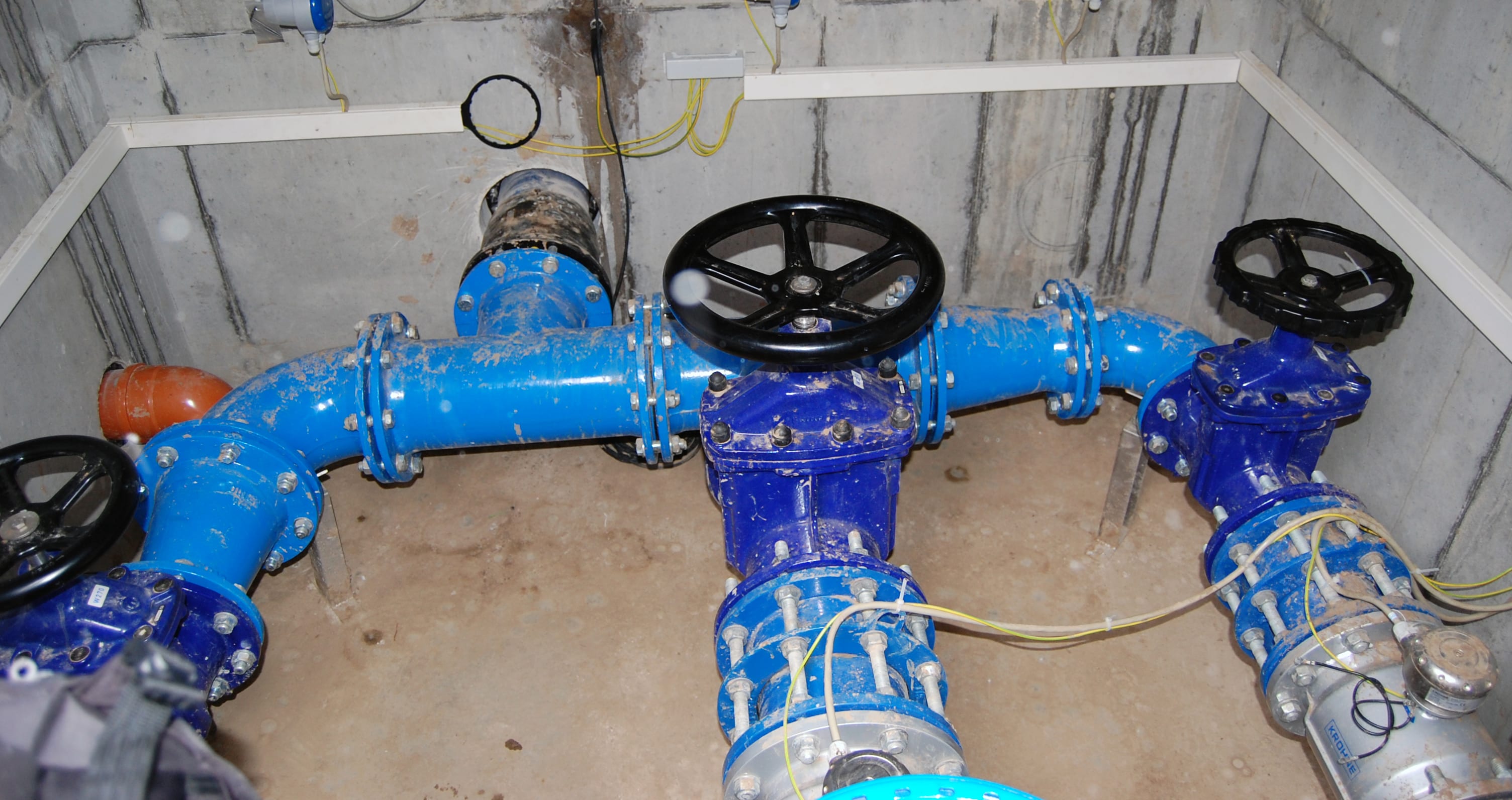Drinking water flow metering at remote distribution stations
Application Report | Water & Wastewater
- District measurement for supplying three municipalities with drinking water
- Decentralised location of distribution station with no connection to power supply
- Precise measurement of drinking water consumption and minimisation of loss

Background
The water utility WWAZ (Wolmirstedter Wasser und Abwasser Zweckverband [Wolmirstedt Water and Wastewater Association]) operates an extensive drinking water and wastewater network which now comprises 26 member municipalities (prior to area reform from 1991 subdivided into 32 municipalities). The WWAZ has independently supplied approximately 55000 consumers (15000 households and businesses) with drinking water since 1991. The ailing drinking water networks have been undergoing continual improvements and repairs since 1991. As a result, the pressure ratios in the supply lines have stabilised and the quality of the drinking water has also improved. Drinking water losses were significantly reduced with gradual renovations. Highly skilled employees and their cautious handling of damages to the pipeline network also played a role.
There are approximately 14000 water meters to measure drinking water consumption, including all large and domestic water meters. Mechanical impeller flowmeters are currently in use in the extremely remote distribution stations not connected to a power supply. The disadvantage of these meters is that they feature a measuring error of 2…5 %. They also require significant maintenance. According to a study performed by a renowned bulk supplier, the errors per year could even increase as much as 5 %. For this reason, the WWAZ would like to replace all of the mechanical meters used by its member communities with more precise electromagnetic water meters.
Measurement requirements
The first three measuring stations to be replaced are located at the Eichenbarleben distribution station. At this location, the main drinking water line is split into three lines to provide 3 municipalities with drinking water. Each of the 3 lines is to be fitted with its own flowmeter to replace the mechanical impeller flowmeters used to date. Two of the lines are DN 150 and one line is DN 200.
As there is no external power supply available, only easuring devices equipped with their own power source can be used. The life cycle of the battery packs or batteries must be at least 1 year. The devices must also be maintenance-free. The flow data are sent to the control station via wireless remote transmission to eliminate on-site data queries and keep operating costs low. And, because under certain circumstances water may penetrate the distribution stations, the electronic devices used must be floodproof with a minimum protection category of IP 67 or, even better, IP 68. An additional float switch sends out a signal should any water get in. The low flow rates here are only approx. 1-10 m3/h. Minimal flow velocities in the range of less than 0.1 m/s can also occur. Even with these sometimes very low flow rates (that can occur at night for example) the devices must be capable of measuring with a maximum error of 1.5 %.
KROHNE Solution
For this application, KROHNE supplied 3 WATERFLUX 3070 F electromagnetic, battery-operated water meters in the sizes DN 200 and DN 150. The 3 meters are each equipped with 2 high-performance batteries. The drinking water lines supply small municipalities of 100-300 inhabitants. In order to precisely measure the extremely rapid and non-continuous flow changes, the default setting of the measuring frequency on the WATERFLUX meter must be increased as illustrated in the following table.
As there is no loop network, only the forward flow must be metered. WWAZ uses two batteryoperated KGA 42 devices from KROHNE to wirelessly and remotely transmit the measuring data. KGA is the acronym for the KROHNE GSM Antenna, GSM stands for Global System for Mobile Communication. Each of the two KGAs is equipped with 4 digital and 2 analogue inputs. Of these 8 digital inputs, 3 are for the measuring signals, 3 for error messages (such as self-monitoring or battery almost dead) and 1 is for the external float switch that sends out a signal if water gets into the distribution shaft. The 4 analogue inputs are used later to monitor the pressure. Even with the minimal flow rates of < 10m3/h here with flow velocities of 0.01…0.1 m/s, the water meters measure with a measuring error of less than 0.5 % of the measured value. The WATERFLUX water meters require no separate grounding because it comes with a reference electrode as standard. The KGAs used to wirelessly transmit the measurement data to the control centre are configured onsite by a KROHNE technician via bluetooth. It is possible to exchange the mechanical impeller flowmeters directly without the need for any conversion. WATERFLUX water meters require no inlet or outlet segments. For this reason, the devices are particularly well-suitedto crowded spaces.
Customer benefits
The water utility WWAZ is now in a position to monitor all up-to-the-minute meter readings and flow values for these three municipalities from the control station and to immediately detect errors. The visualisation and evaluation software PCWin is used to present the remotely transmitted data. This eliminates all onsite queries. The only time anyone actually has to be on site is to change the battery. This means that operating costs and ongoing costs can be considerably reduced over the long term and are then manageable for the operator: for example, operators can take advantage of reasonable flat rates for businesses for SMS data transmission offered by mobile phone providers. The supply of replacement batteries has been secured over the long term by the manufacturer. The water meters are absolutely wear-proof and maintenance-free. By determining defined levels at specific times, damages and leaks can be detected immediately. For example, deviations from known night flow rates between 2 and 4 am are used to detect leakage in practice. The WATERFLUX battery capacity is transferred to the measuring station as an alarm message. With the measuring frequency set here, the life cycle is 1½ to 2½ years. The first message is sent 1 year prior to the end of the battery life and the second message is sent at approx. 1 % prior to the life cycle end. The battery life of the KGA 42 is approx. 2 to 4 years and its residual life cycle can be read in the measuring station. The installed WATERFLUX 3070 water meters have a lifetime of up to 25 years and do not have to be replaced prematurely due to wear and tear, which was a significant cost factor with the mechanical water meters previously used.
Cost reduction (example)
Thanks to the improved accuracy of the WATERFLUX water meter compared to the mechanical water meters, costs may be significantly reduced, as shown in this example. The mechanical water meters replaced measured with a measuring error of up to 5 %. This means that based on the maximum flow rates occurring here of 10 m3/h, some 12 m3/day flowed unmetered through the water meter. That amounts to a projected loss in one year of approx. 8500 €, at an assumed water price of approx. 01.90/m3. Under the same measuring conditions, the WWAZ can reduce losses by ten times to about 850 € by using WATERFLUX water meters. This is because the measurement error of the WATERFLUX at a nominal size of DN 150 and a flow rate of Q = 10 m3/h is only 0.5 % of the measured value.


